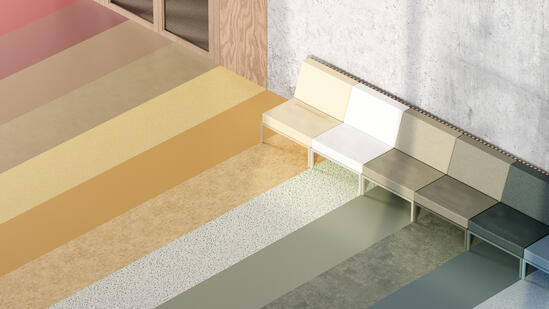When it comes to enhancing the charm and allure of your space, flooring plays a pivotal role. Among the top contenders in the world of flooring are hardwood and engineered wood. Both offer a natural and elegant look, but they do have their fair share of distinctions. Let’s delve into the details:
Hardwood Flooring
Construction: Hardwood floors are the embodiment of simplicity – solid wood planks. These planks are painstakingly milled from a single timber source, featuring wood species like oak, maple, or cherry, available in various thicknesses and widths.
Appearance: Hardwood floors possess an enduring, authentic beauty. They proudly display the unique grain patterns and color variations of the wood species, creating an inviting and timeless atmosphere.
Durability: Renowned for their endurance, hardwood floors stand the test of time. They can be lovingly sanded and refinished multiple times over the years, preserving their original allure and making them a wise long-term investment.
Installation: Installing hardwood floors is a labor of love but can be more labor-intensive and time-consuming compared to engineered wood. Typically, they are secured by nailing or stapling them to the subfloor, which might limit installation choices in certain scenarios.
Stability: Hardwood floors, while enduring, can be sensitive to moisture-related challenges like warping and shrinking, especially in regions with humid or dry climates. Maintaining consistent humidity levels is the key to keeping them in pristine condition.
Cost: Quality comes at a price, and hardwood flooring is often associated with a higher cost, both in terms of materials and installation.
Engineered Wood Flooring
Construction: Engineered wood flooring is an engineering marvel, comprising multiple layers. The top layer boasts the genuine wood veneer, while the core layers typically consist of plywood or high-density fiberboard (HDF). This layered structure brings robust stability to the flooring.
Appearance: Engineered wood flooring doesn’t shy away from showcasing the natural beauty of real wood. Its top veneer layer is crafted from genuine hardwood and offers an extensive array of wood species, finishes, and styles to match diverse design preferences.
Durability: Engineered wood is a dependable choice, capable of weathering fluctuations in humidity and temperature more gracefully than solid hardwood. However, its refinishability is constrained by the thickness of the top veneer layer.
Installation: Engineered wood flooring is designed for versatility in installation. It can be glued down, nailed, stapled, or even floated, providing adaptability for various installation scenarios.
Stability: Thanks to its layered construction, engineered wood remains resilient against expansion and contraction caused by shifts in humidity, making it a dependable choice for areas with variable climate conditions.
Cost: Engineered wood flooring is often a more budget-friendly option compared to solid hardwood, making it a favored choice for those mindful of their financial considerations.
In summary, engineered wood flooring often emerges as a favorable choice over hardwood flooring due to its versatile construction. Engineered wood offers the beauty of real wood with added benefits, such as better resistance to moisture-related issues, increased stability in varying environments, and a more budget-friendly price point. Its ease of installation and durability make it an appealing option for many, making it a practical and stylish choice for flooring.
Don’t miss the opportunity to explore Tarkett’s extensive collection of Engineered Wood Flooring. Click here to see more!


